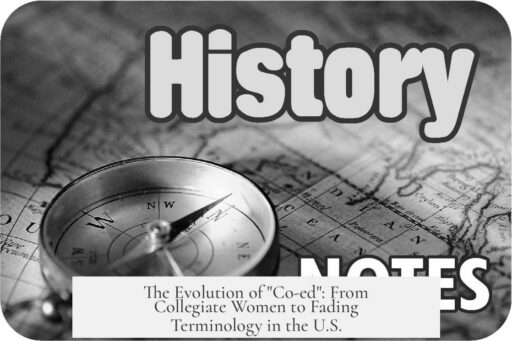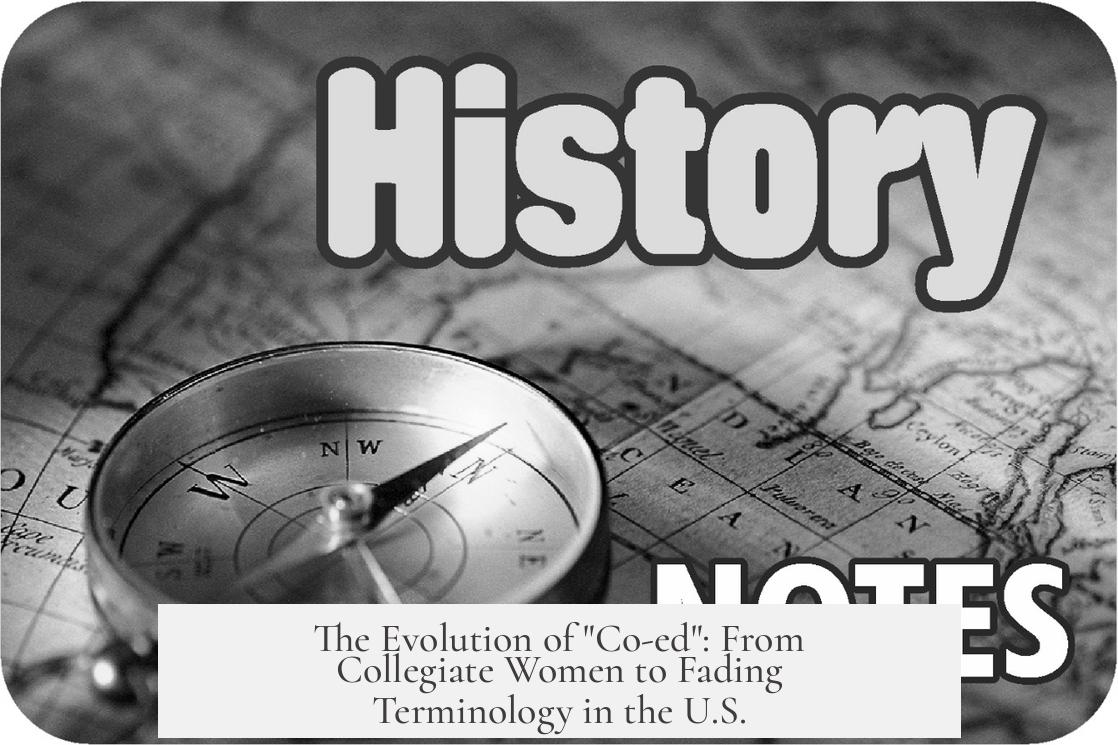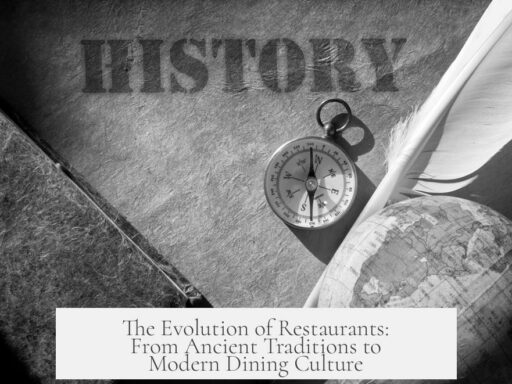The term “co-ed” in the United States became generally recognized as a term specifically for collegiate women, not men, due to its original usage marking women as outsiders in male-dominated academic spaces. It gained widespread meaning as a female college student by the 1910s and reached peak usage during the 1940s. The phrase gradually fell out of popular usage by the 1980s as gender integration normalized in higher education and women’s enrollment increased.
The word “co-ed” first appeared in a context that highlighted women’s intrusion into environments seen as male spaces. Its earliest recorded usage as a noun referring to women at college appears in Louisa May Alcott’s 1886 book Jo’s Boys, where it described females eating among males. Alcott’s use implied an uneasy recognition of women participating in activities coded as masculine or inappropriate for their gender at the time.
In the 19th century, American higher education was overwhelmingly male. Before the 1830s, women had limited or no access to most colleges. Oberlin College, which started admitting women in 1835, was an exception. Oberlin treated female students as equal “scholars” or “young ladies,” not as intruders, setting a progressive example. However, this model was rare. Most institutions remained male-only, fostering a culture that viewed women’s education as unnecessary beyond basic schooling.
The formation of the Seven Sisters colleges, female-only institutions paralleling men’s Ivy League schools, reinforced separate identities for women in higher education. These colleges emphasized femininity in their students’ identity, avoiding comparisons with male students. “Young Misses” or “young ladies” were common descriptors. In contrast, Radcliffe College, founded in 1879 as the Harvard Annex, existed to educate women separately from men. Harvard withheld full integration and degrees, promoting an image that education did not diminish women’s traditional roles or appearance.
During this period, women attending coeducational institutions became marked linguistic exceptions. Male students were simply “students” or “men,” while females were often called “Radcliffe girls,” “maids,” or “young ladies,” emphasizing gender distinction and maintaining traditional gender roles.
The term “co-ed” emerged as a marker of otherness for women venturing into male-dominated spaces. Newspapers from the early 1900s show a mixed attitude toward co-eds. For instance, a 1904 Santa Cruz Sentinel editorial criticized female students for their presence and studied behavior, evidencing societal resistance.
By the 1910s, “co-ed” became established in popular culture to describe female students in coeducational colleges. The term appeared in novels with titles like A Freshman Co-ed (1912) and similar works portraying women’s college experiences. This usage underlined the novelty of women sharing academic spaces with men and reinforced their position as outsiders within academic communities.
Usage of “co-ed” expanded significantly in the 1930s and reached its peak popularity during the 1940s. The term commonly referred to female students in mixed-gender environments and appeared frequently in mainstream media, including wedding announcements. For example, a 1944 Indianapolis Star reference to an “All-American Pihos” marrying a “co-ed” showed its normalized use to signify a woman’s collegiate status.
The term, however, was never applied to male college students. It inherently reflected women’s role as secondary participants or intruders in higher education. Men attending formerly female-only institutions were not labeled co-eds, affirming the gender-specific nature of the term.
After World War II, as women’s participation in college rose and societal views evolved, the term “co-ed” began to lose favor. By the 1960s and 1970s, it became largely regional slang rather than a universal descriptor. The term’s decline correlated with efforts to promote gender equality in education and push back against infantilizing language. Some universities explicitly discouraged usage in the 1980s, viewing the term as outdated and potentially sexist.
Despite a decline, “co-ed” persisted into the late 20th and early 21st centuries, often carrying stereotypical connotations of young, attractive, unmarried women perceived as socially or academically superficial. Letters and editorials as late as 2012 urged institutions and media to avoid the term due to its reductive implications and gender exclusivity.
| Time Period | Meaning/Usage | Notes |
|---|---|---|
| 1886 | First recorded usage referring to women in male spaces | Louisa May Alcott’s Jo’s Boys |
| 1835 | Women admitted to Oberlin, called “scholars” or “young ladies” | No use of “co-ed” at this time |
| Late 1800s | Women often called “Misses,” “maids,” with gender segregation common | Radcliffe founded as Harvard Annex for women |
| Early 1900s (~1910) | “Co-ed” used to describe women students in coeducation settings | Reflects women’s outsider status |
| 1940s | Term peaks in popularity and mainstream use | Common in media and announcements |
| 1960s-1980s | Decline; term becomes regional and old-fashioned | Women’s college attendance rises; calls to eliminate term |
| 2000s-2010s | Rare usage, mostly with stereotypes; advised against by institutions | Still appears occasionally in media |
The exclusivity of “co-ed” as a term for women students stems from its origin as a label for women entering male spaces, a concept not applicable to male students, who faced no similar “intrusion.” The term’s meaning evolved alongside women’s gradual acceptance and normalization in higher education. Its eventual fall from favor reflects social progress toward gender equality in academic environments and shifts in cultural attitudes toward language that differentiates unnecessarily by gender.
- “Co-ed” originated as a term marking women entering male college spaces.
- Women gained early access at Oberlin but were not called co-eds there.
- By the 1910s, “co-ed” referred commonly to female college students.
- The term peaked in the 1940s, widely used in media and culture.
- “Co-ed” never applied to male students and reinforced gender othering.
- Its usage declined after the 1960s, viewed as outdated and sexist.
- Some universities and media discourage the term today.



